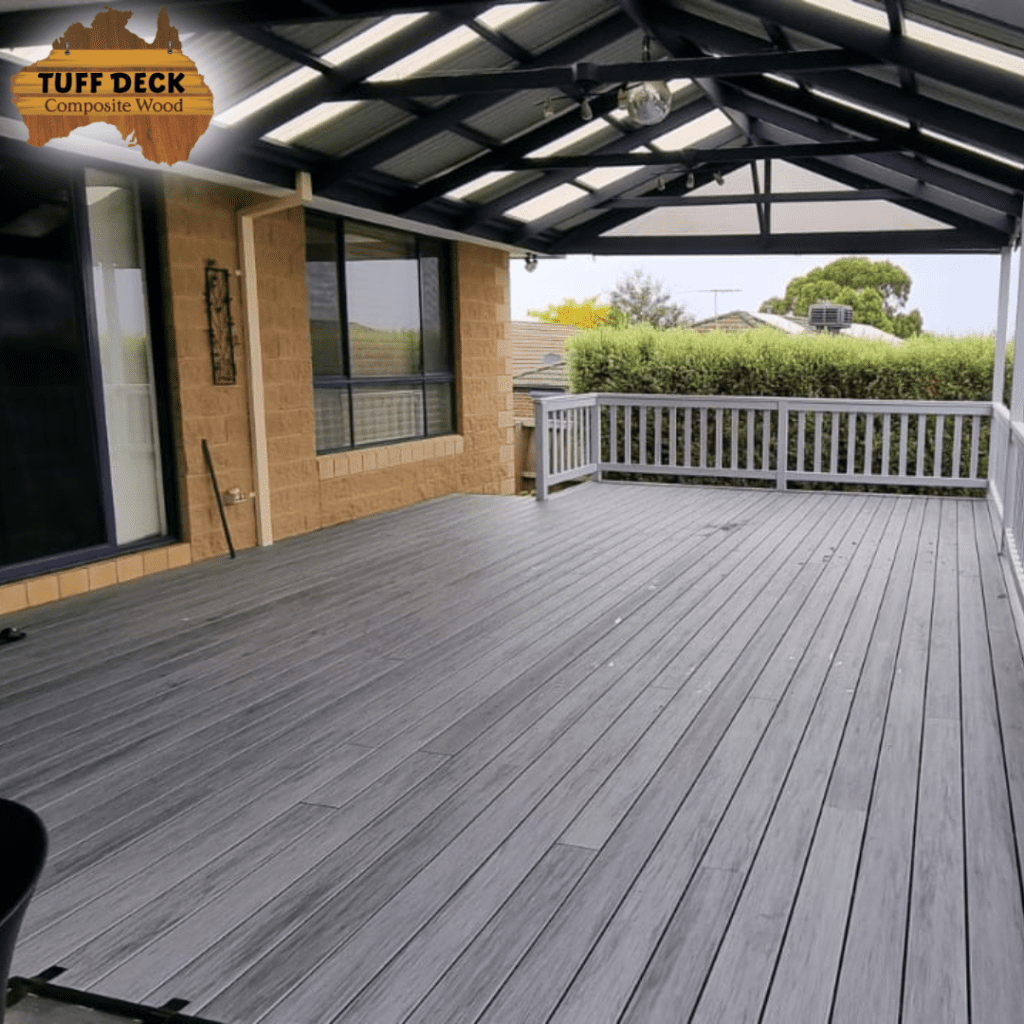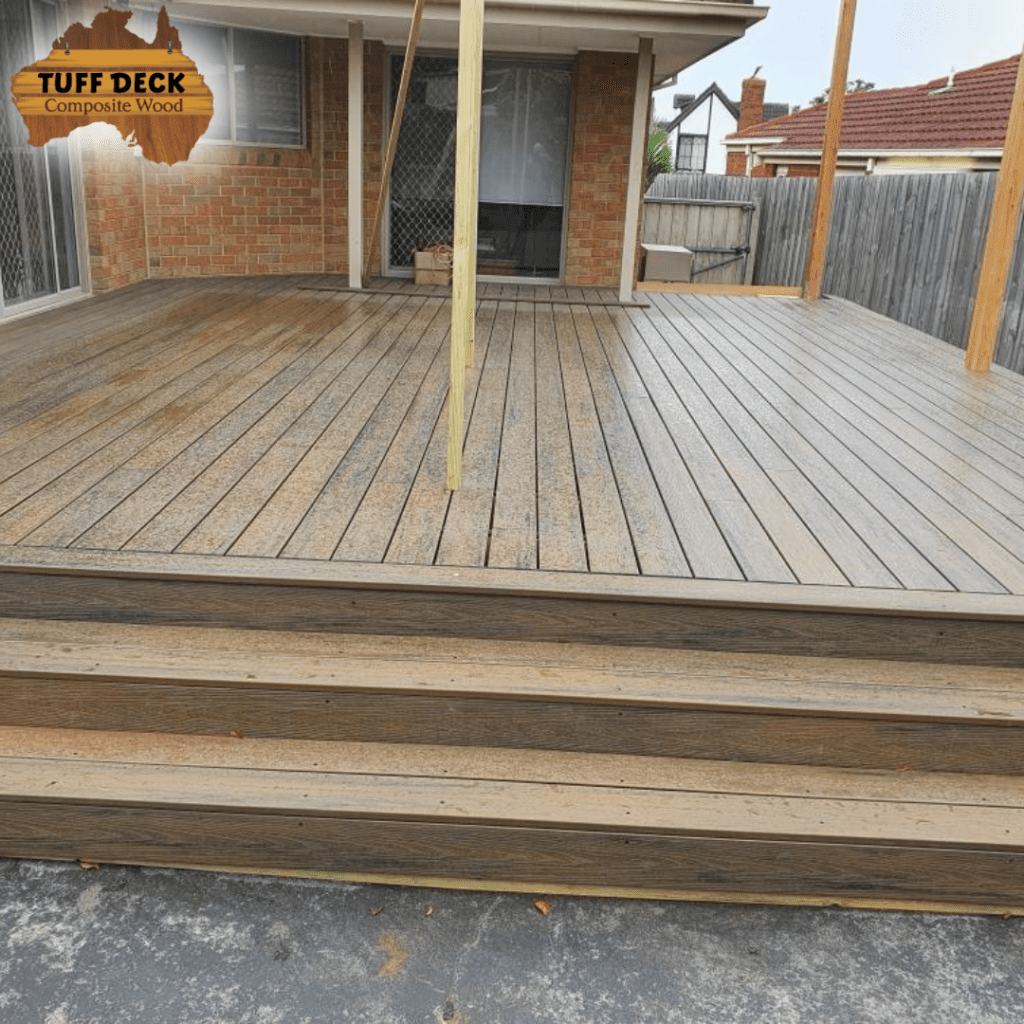In the world of outdoor living spaces, composite decking has emerged as a true game-changer. This innovative and versatile building material not only resists the harshest of elements but also offers a wide range of style options, making it a popular choice for homeowners and builders alike. With its unique blend of durability and aesthetics, composite decking in Melbourne has become the go-to solution for those seeking a resilient and beautiful deck.
The Evolution of Decking Materials
Traditionally, decks were constructed using wood, which undoubtedly has its own rustic charm. However, wood is highly susceptible to the elements, requiring constant maintenance, staining, and sealing to fend off moisture, insects, and the natural aging process. As time has passed, technology has brought us alternatives that address these issues.
Composite decking, a relatively recent addition to the market, is a composite material made of wood fibers, plastics, and sometimes other additives. The combination of these materials results in a product that stands up to the elements in a way that it simply can’t.
Resistance to the Elements
One of the key advantages of composite decking is its remarkable resistance to the elements. Unlike wood, which can easily warp, rot, and splinter when exposed to rain, snow, and sunlight, composite decking from reputable decking suppliers in Melbourne stands strong against all forms of weather. Here’s how it accomplishes this:
- Moisture Resistance: The plastic component in composite decking makes it inherently moisture-resistant. It won’t swell, warp, or split when exposed to water, ensuring a long-lasting and worry-free outdoor space.
- UV Protection: Sunlight can be brutal on traditional wooden decks, leading to fading and warping. Composite decking is designed with UV protection, preventing fading and maintaining its original color and vibrancy.
- Resistance to Insects and Decay: Wood can be a feast for insects like termites and carpenter ants, and it’s also prone to rotting. Composite decking, however, is completely resistant to these issues, providing peace of mind to homeowners.
- Stain Resistance: Spills, dropped food, and other accidents are inevitable on a deck. Composite decking is stain-resistant, allowing for easy cleanup and maintenance.
- Low Maintenance: Composite decking requires minimal maintenance compared to wood. There is no need for regular staining or sealing. Just a simple periodic cleaning will keep it looking fresh.
The resistance of composite decking to these elements is a game-changer for homeowners who want to enjoy their outdoor spaces without the constant worry and upkeep that wood requires.


Embracing Style
Beyond its superior durability, composite decking offers a wealth of style options. With the variety of colors, textures, and finishes available, homeowners have the freedom to customize their outdoor spaces to match their preferences and the overall aesthetics of their homes.
- Color Palette: Composite decking comes in an array of colors, from traditional wood tones to contemporary grey composite decking and crisp white composite decking, along with bold, vibrant hues. This broad color palette allows for creativity and personalization, ensuring that your deck complements your home’s style.
- Texture and Finish: The texture and finish of composite decking can replicate the natural grain and texture of wood, offering an authentic look and feel. Smooth, grooved, or embossed textures are available to suit various preferences.
- Customization: Some manufacturers even offer the option to create custom deck boards with unique patterns, adding a personalized touch to your outdoor living space.
- Railing and Accessories: Composite decking systems often come with matching railings, posts, and other accessories, allowing for a cohesive and visually appealing deck design.
- Versatility: Composite decking can be used for a variety of outdoor structures, including decks, porches, and even cladding for the exterior of your home. This versatility ensures that your design possibilities are virtually limitless.
Composite decking’s aesthetic flexibility means that you can create a deck that aligns with your personal style, whether it’s a modern, minimalistic design, a classic and timeless look, or something completely unique.
Sustainability and Environmental Benefits
In addition to its practical and aesthetic advantages, composite decking also offers several environmental benefits:
- Recycled Materials: Many composite decking brands use recycled wood fibers and plastic in their production, which reduces waste and the demand for new timber.
- Longevity: The durability of composite decking means it lasts longer than traditional wood, reducing the need for replacements and further reducing environmental impact.
- Reduced Maintenance: The low-maintenance nature of composite decking means less need for staining and sealing, which often involves the use of environmentally harmful chemicals.
- Less Wood Usage: As composite decking becomes more popular, it lessens the demand for timber, helping to preserve natural forests.
With these environmental advantages, composite decking provides a sustainable and eco-friendly alternative to traditional wood decking.
Installation and Cost Considerations
While composite decking offers numerous benefits, it’s important to be aware of some key considerations when it comes to installation and cost:
- Initial Cost: Composite decking typically comes with a higher upfront cost compared to wood. However, when you factor in the reduced maintenance, longevity, and environmental benefits, it often proves to be a cost-effective choice in the long run.
- Installation Expertise: Proper installation is crucial to ensure the longevity and performance of your composite deck. It’s advisable to hire a professional or ensure that you have the necessary skills and knowledge for a DIY project.
- Local Regulations: Check local building codes and regulations as they may impact your choice of materials and the design of your deck.
- Substructure: The substructure of your deck should also be considered. Composite decking requires a sturdy, well-ventilated substructure to ensure its stability and durability.
- Warranty: Many manufacturers offer warranties on their composite decking products, providing peace of mind in case of unexpected issues.
When considering the cost and installation aspects, it’s important to think of composite decking as an investment in the long-term value and enjoyment of your outdoor space.
Conclusion
Composite decking is more than just a construction material; it’s a transformative solution that redefines outdoor living. With its exceptional resistance to the elements, a wide range of style options, sustainability, and low maintenance, it’s no wonder that composite decking has become the go-to choice for those seeking a durable, beautiful, and eco-friendly outdoor space.
Homeowners and builders alike are embracing the style and functionality of composite decking, and as technology continues to advance, we can only expect more innovations and options to further enhance our outdoor living experiences. Whether you’re looking to create a tranquil retreat, a vibrant entertaining space, or a harmonious extension of your home, composite decking has the strength and style to make it a reality. So, why settle for less when you can have it all with composite decking?



 admin
admin
